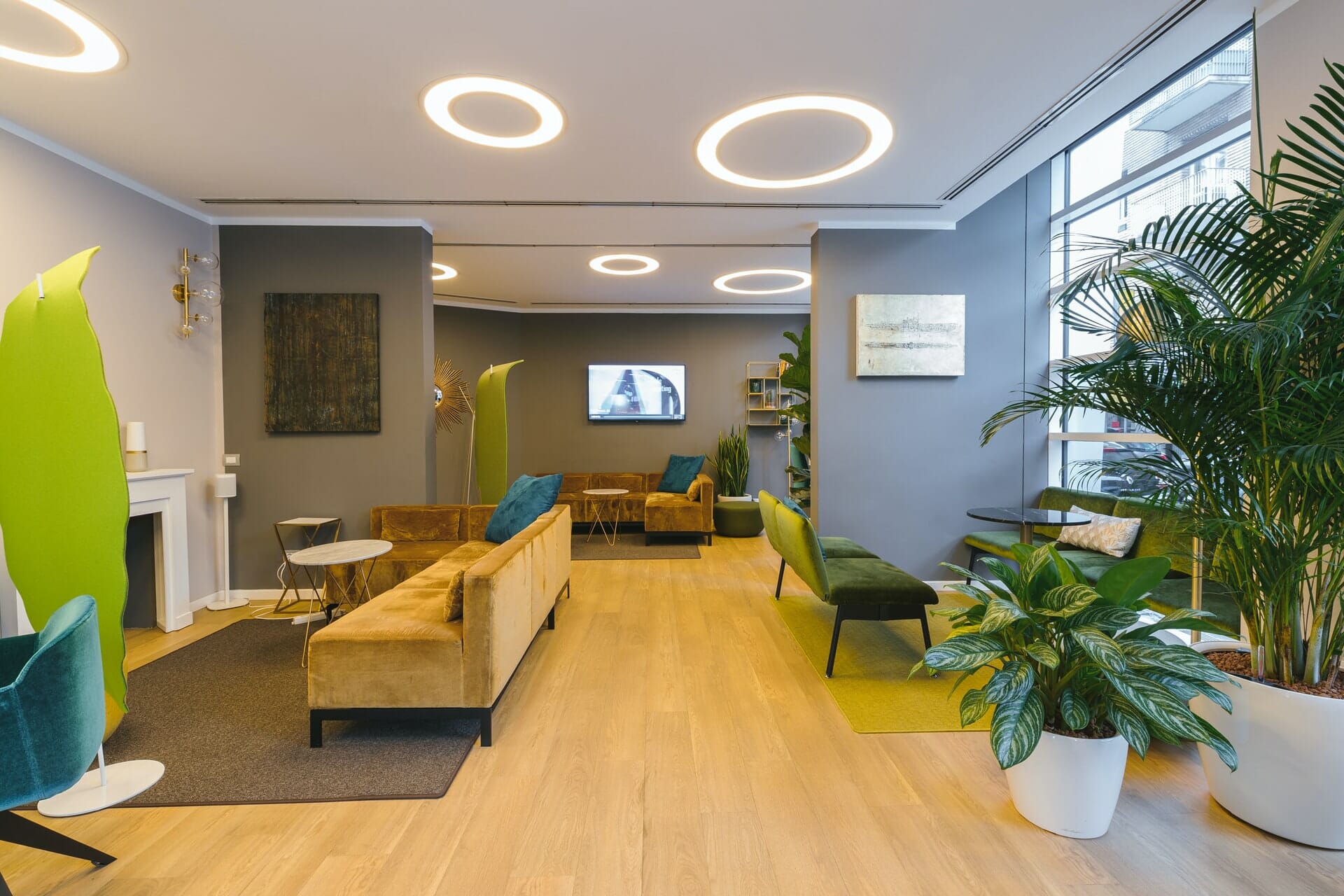Highlighting the Influence of Lighting Circumstances on Motion Identification Accuracy and Reliability
Highlighting the Influence of Lighting Circumstances on Motion Identification Accuracy and Reliability
Blog Article
Lighting environments have a crucial impact in the way effectively we can perceive movement. Movement detection is a key component of different technologies, including surveillance cameras, automated illumination systems, and also certain gaming applications. Comprehending how different lighting environments influence our ability to perceive movement can help improve the development and effectiveness of these technologies. For instance, poor lighting might result in missed movements or false alerts, while ideal lighting can boost the precision of motion detection technologies.
In bright illumination environments, motion detection is typically more accurate. When there is sufficient light, sensors and cameras can obtain clearer images, which helps in identifying dynamic objects. Well-lit environments allow for better distinction between the dynamic object and the surroundings. This contrast is crucial for both visual viewers and automated systems, as it facilitates it simpler to differentiate between static and moving elements in a scene. Thus, ensuring that spaces are well-lit can greatly improve the effectiveness of motion detection systems.
On the other hand, low-light conditions can present challenges for movement detection. In low-light environments, shadows can hide moving objects, making them hard to perceive. Additionally, the eye struggles to perceive movement in low light, which can result in misinterpretation of the situation in the surroundings. Cameras might also face challenges, as many do not perform well in low light without the use of infrared technology or alternative enhancements. These restrictions highlight the importance of adequate lighting in environments where motion detection is essential.
Moreover, various types of illumination can have varying effects on motion detection. For example, fluorescent lights can flicker, which can confuse movement detection systems that depend on steady light input. On the other hand, daylight provides a steady form of lighting that enhances visibility. Comprehending these differences in lighting conditions can assist users cctv motion detection for retail security in choosing the most suitable illumination for specific applications, especially in security and safety scenarios.
In summary, the relationship between lighting conditions and movement detection precision is important. By ensuring that environments are appropriately lit, we can enhance the dependability of movement detection technologies. This understanding not only benefits technological applications but also enhances security and safety in various environments. As more advancements are made in motion detection systems, taking into this page account illumination environments will continue to be a vital factor in optimizing performance and guaranteeing that these technologies work effectively in different environments.